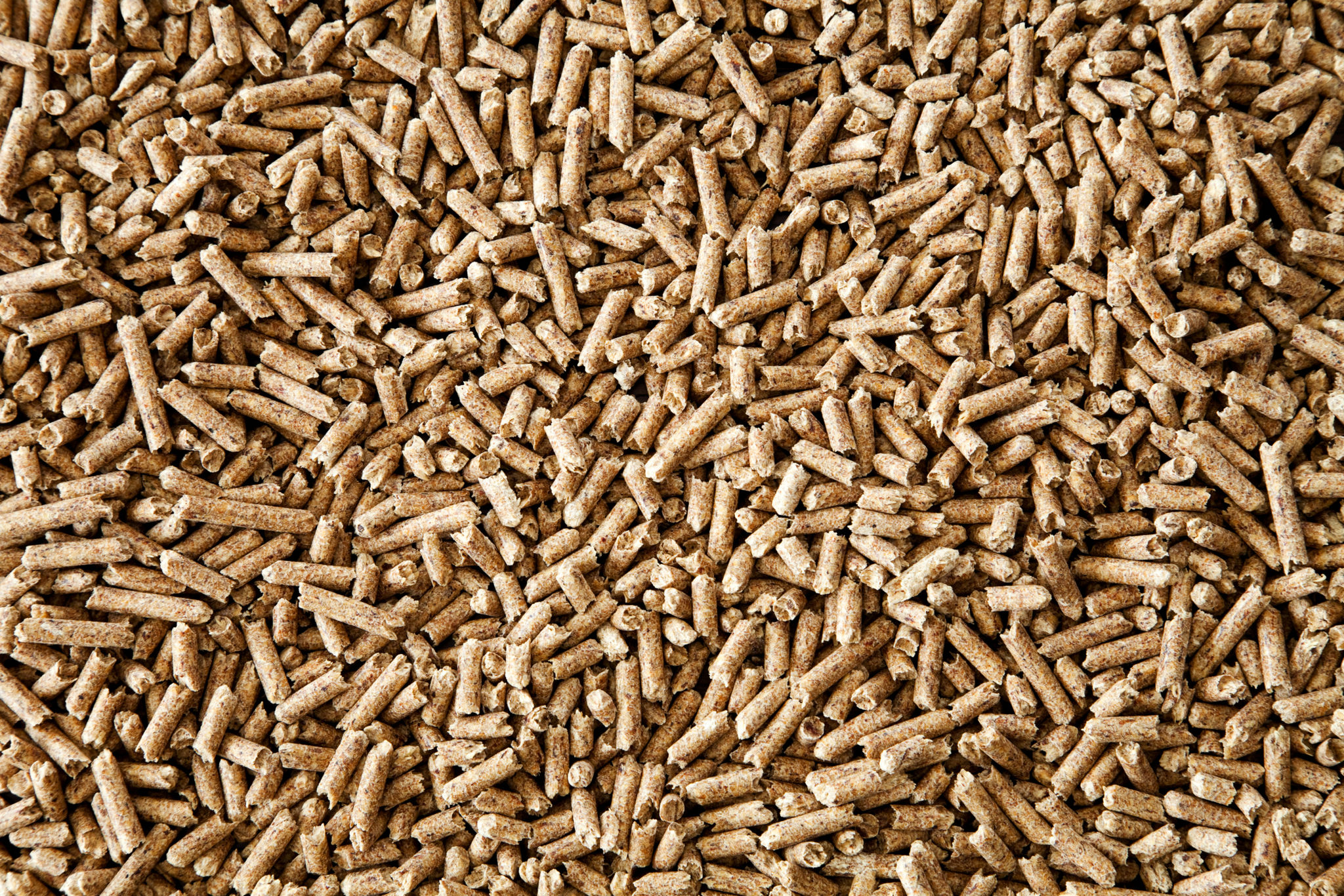Expert Insights: The Environmental Impact of Using Biomass Wood Pellets
Understanding Biomass Wood Pellets
As the world grapples with the challenges of climate change and the need for sustainable energy sources, biomass wood pellets have emerged as a popular alternative to fossil fuels. These small, cylindrical pieces of compressed organic material are primarily made from sawdust and wood shavings. Their use is growing in both residential heating and large-scale power generation. But what are the environmental implications of relying on biomass wood pellets?

Carbon Neutrality: Myth or Reality?
One of the key selling points of biomass wood pellets is their purported carbon neutrality. The basic premise is that the carbon dioxide released during combustion is offset by the carbon absorbed by the trees during their growth. However, this balance is not as straightforward as it seems. Factors such as the carbon released during pellet production and transportation, as well as the time it takes for new trees to mature, complicate this equation.
Critics argue that the timeline for reabsorbing carbon can span decades, making the immediate environmental benefits questionable. It's essential to consider both the short-term and long-term impacts when evaluating their true carbon footprint.
Impact on Forests and Biodiversity
The production of biomass wood pellets often involves harvesting trees, which can lead to deforestation if not managed sustainably. This practice threatens biodiversity by disrupting ecosystems and habitats. Sustainable forest management is crucial to ensuring that biomass production does not have adverse effects on the environment.

In regions where pellet production is regulated, efforts are made to ensure that only residues and byproducts are used, minimizing the impact on forests. However, in areas with less stringent regulations, the risk of overharvesting remains a concern.
The Role of Technology and Innovation
Advancements in technology could mitigate some environmental concerns associated with biomass wood pellets. Innovations in pellet production processes aim to reduce emissions and improve efficiency. For example, using waste heat from industrial processes to dry biomass materials can significantly lower the carbon footprint of pellet manufacturing.

Furthermore, research into alternative feedstocks, such as agricultural residues or energy crops, could provide more sustainable sources for pellet production without impacting forest ecosystems. These innovations are critical in ensuring that biomass remains a viable green energy source.
Comparative Analysis with Other Renewable Sources
When compared to other renewable energy sources like solar or wind, biomass wood pellets have distinct advantages and disadvantages. They provide a reliable and consistent energy supply, unaffected by weather conditions or daylight hours. However, their environmental impact can be more pronounced due to emissions and land use changes.
- Advantages: Reliable energy supply, supports waste reduction.
- Disadvantages: Potential for deforestation, higher emissions compared to wind or solar.
The Path Forward
To harness the benefits of biomass wood pellets while minimizing their environmental impact, a multi-faceted approach is necessary. This includes stringent regulations on forest management, investment in technological innovations, and a commitment to using sustainable feedstocks. By addressing these challenges head-on, biomass can play a vital role in a sustainable energy future.
Ultimately, as with any energy source, balance is key. Understanding and mitigating the environmental impact of biomass wood pellets can ensure they contribute positively to global energy solutions while preserving natural ecosystems for future generations.